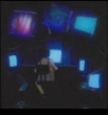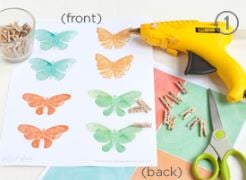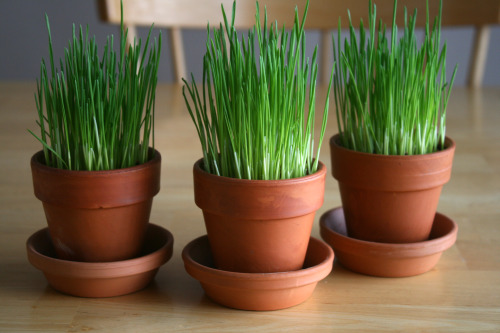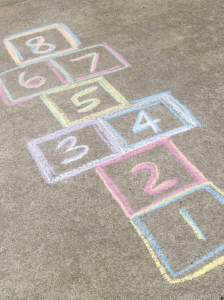How does a seed turn into a fruit? Why do flowers wilt? Do plants eat dirt? The emergence of spring presents us with countless teachable moments – let PBS LearningMedia help you to share them with your students!
Check out these seasonally inspired resources:
Energy Flow Grades K-5 | Interactive
Help young learners to better understand the flow of energy in the environment.
The Hydrologic Cycle Grades 3-8 | Interactive Invite your students to explore the intricacies of the hydraulic cycle.
Geology Grades 4-6 | Video Illustrate the impact of earthquakes, volcanoes, water, and glaciers on the planet.
Life Cycle of a Seed Plant
Grades 6-12 | Interactive Introduce your students to the life cycle of a flowering seed plant.
What is PBS LearningMedia? PBS LearningMedia is a FREE digital media content library designed to support curriculum-based teaching and learning from PreK through 12th grade. The service offers over 20,000 digital resources drawn from PBS programs like NOVA, FRONTLINE, and Sid the Science Kid as well as trusted educational producers like NPR, WGBH, and NASA.
Wow! How Do I Get Started? It’s easy: visit www.pbslearningmedia.org to create a user name and start searching for your favorite resources right away!
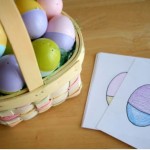 Are your home-grown students (aka your own kids) home today? with you? all day?
Are your home-grown students (aka your own kids) home today? with you? all day?